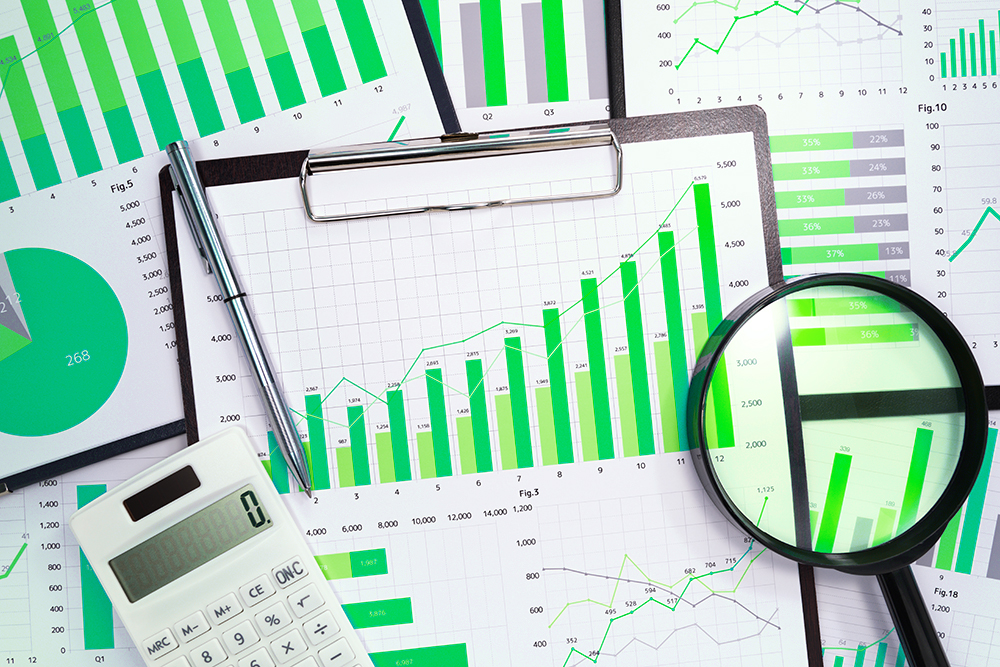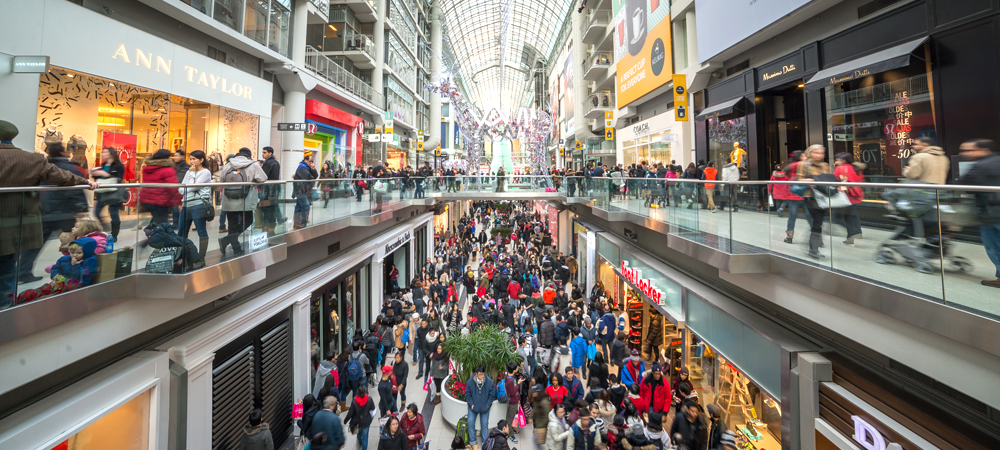Six retail statistics to make your day merry and bright

There’s little doubt the Christmas period is both rewarding and intense for retailers. As the busiest shopping period of the year, it’s dominated with logistics like ordering and restocking, sales processing, staffing, handling customer inquiries, loss prevention, and offering superior customer service.
At the end of the day, all this hard work is designed to facilitate retail’s major income-earning time of the year.
So, as you prepare for the final shopping onslaught before Christmas, here are six retail statistics to make your day merry and bright.
It’s a big industry
The Australian retail sector is worth a whopping $325 billion annually, employing over 1.3 million people, according to the Australian Retailers Association. In the next 12 months, Trading Economics predicts retail sales will grow by 2.8 per cent.
Christmas is peak period
Australians are expected to spend $53 billion over the six weeks between November 14 and December 24, 2019. Of that, $21.68 billion will be spent on food, $8.8 billion on household goods, $4.17 billion on clothing, $2.975 billion in department stores, $7.65 billion in ‘other retail’, and $7.45 billion in the hospitality arena.
A fairly festive mood
Despite a relatively tough year, most retailers are cautiously optimistic this Christmas will deliver solid profits.
According to Deloitte, 62 per cent of retailers expect to see higher sales this Christmas compared to last year, while 72 per cent expect to see positive sales growth in calendar year 2020.
Black Friday delivered a boost

This year PayPal tipped a third of Australian shoppers were expected to participate in Black Friday sales.
Meanwhile initial reports indicate Black Friday and Cyber Monday sales have now eclipsed Boxing Day sales in some sectors, with National Retail Association chief executive Dominique Lamb telling the ABC: “We know that homewares and furniture have had significant success around Black Friday sales in particular.”
The Australian Financial Review also reported: “Local consumers are expected to splurge $5 billion over the four days from November 29 to Monday, December 2, including $1.3 billion online…”.
And Australia Post also noted a rise in the Black Friday trend. They predicted sales growth of 20 per cent compared to the corresponding weekend last year and explained in 2018, the final week of November proved to be the biggest online shopping week of the year – outranking even the weeks immediately before and after Christmas.
E-commerce a standout
On that note e-commerce continues to be a standout component of the retail sector. Deloitte found 58 per cent of retailers expected to see growth of 10 per cent or more in online Christmas sales.
And Australia Post’s research indicated the financial year 2019 had delivered a bumper e-commerce period.
They found a solid growth in spending in 2018/19 of $29.3 billion, up 20.8 per cent year on year (Year on Year).
Australia loves a sale
Earlier this year, PayPal found 7 in 10 Australian consumers were always on the lookout for sale, while well over half (58 per cent) had bought a product on impulse simply because it was reduced.
And when it comes to the major sales events:
- Boxing Day and EOFY rank as Australian shoppers’ most anticipated sales events, with 44 per cent of consumers indicating they participate in each of these annual sales.
- Black Friday and mid-season sales are next on the list, but as noted above Black Friday combined with Cyber Monday could overtake Boxing Day this year. A third (33 per cent) of shoppers were expecting to nab a bargain on Black Friday and in the mid-season sales.
- The January sales are next on the list with 21 per cent of consumers expecting to take part.
- Meanwhile, other American-based trends like Cyber Monday (December 2) are also moving up the ranks, with 17 per cent set to take part. A similar Australian event known as Click Frenzy also attracts the same amount of patronage.
- Back to School comes in at number eight, with 11 per cent of consumers participating, followed by Afteryay (six per cent) and Amazon Prime Day (six per cent).
So, as we count the days until Christmas, it’s hoped the retail sector may have a lot to smile about. Here at Vitag, we wish you all the best for the festive season and hope you enjoy a happy and prosperous new year ahead.